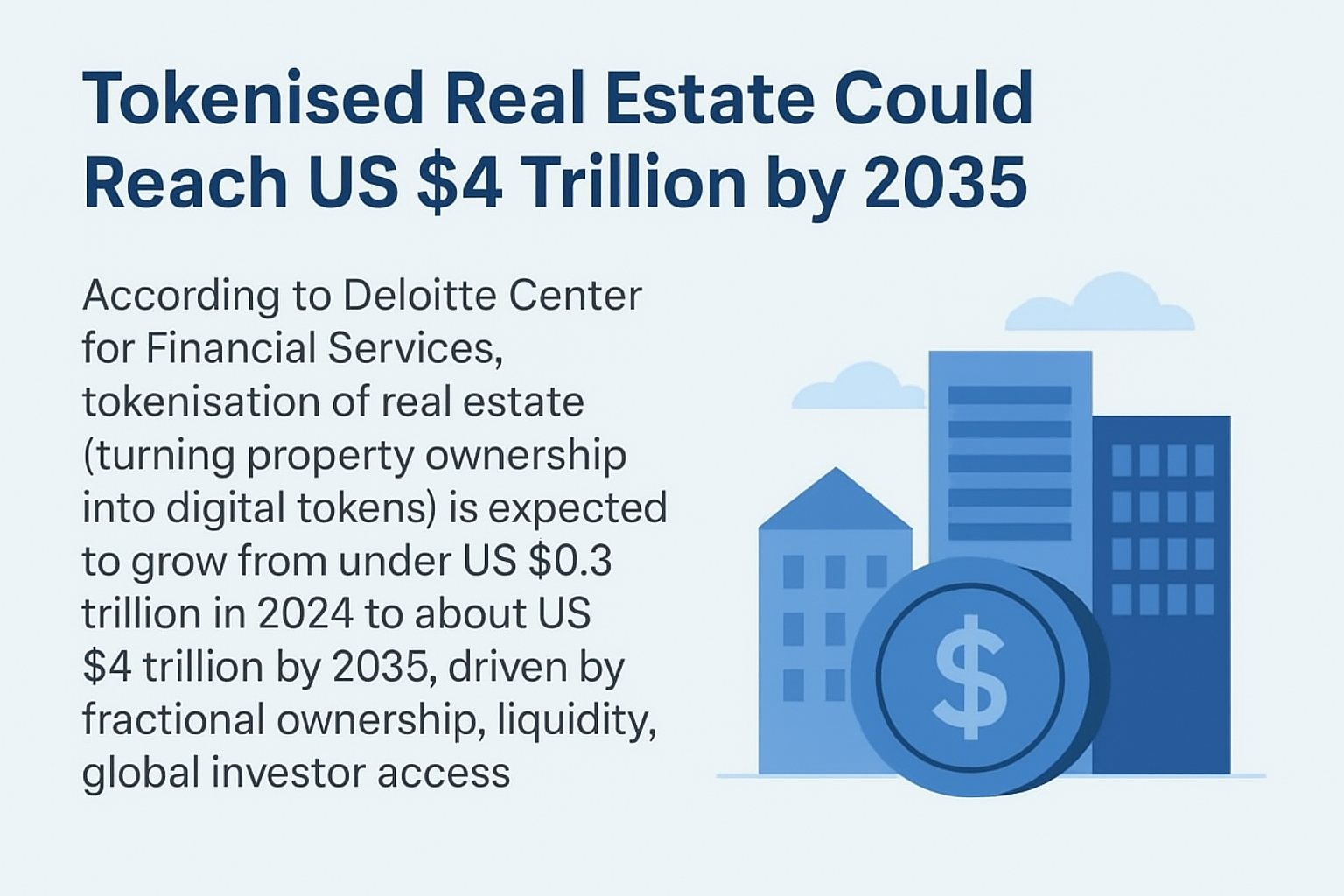As the global focus on climate change intensifies, both governments and corporations are actively expanding carbon credits markets. These markets play a critical role in incentivizing emission reductions and promoting green investments, making them a cornerstone of sustainable development efforts. By creating financial incentives for reducing greenhouse gas emissions, carbon credits offer a pathway for organizations to contribute to global climate goals while fostering innovation and investment in cleaner technologies.
What Are Carbon Credits?
Carbon credits are permits that allow the holder to emit a certain amount of carbon dioxide or other greenhouse gases. Typically, one carbon credit equals one ton of carbon dioxide. Companies and governments can purchase these credits to offset their emissions or trade them in regulated markets. The concept of carbon credits stems from the cap-and-trade system, where a cap is set on emissions, and organizations that reduce their emissions below the cap can sell their excess credits to others.
Government Initiatives in Carbon Credits Markets
Governments worldwide are introducing stricter environmental regulations and setting ambitious targets to achieve net-zero emissions by the middle of this century. To meet these targets, many have developed carbon credits markets as part of their climate policies. For example, the European Union’s Emissions Trading System (ETS) has become one of the largest carbon markets in the world, providing a model for other nations looking to launch similar programs.
Governments also incentivize companies to invest in sustainable technologies by offering subsidies, tax breaks, and carbon credits for emission reduction projects. This approach has proven effective in driving corporations toward decarbonization strategies and investment in renewable energy, carbon capture technologies, and reforestation efforts. Additionally, carbon credits help countries meet their commitments under international agreements like the Paris Agreement, by making it easier to trade emission reductions across borders.
Corporate Involvement and the Role of Carbon Credits in Business Strategy
Corporations are increasingly integrating carbon credits into their sustainability strategies as they seek to reduce their carbon footprints and contribute to global climate efforts. Companies like Neste, a leader in renewable energy solutions, are investing in carbon credits markets to accelerate their emission reduction goals. Neste, for example, has been involved in projects that reduce or capture carbon emissions, earning carbon credits that can be traded or used to offset their own emissions.
This growing corporate participation has led to a more dynamic and robust carbon credits market, where demand for high-quality credits, especially from renewable energy and carbon capture projects, has surged. Corporations are also using carbon credits to demonstrate their commitment to sustainability to investors and customers, which is increasingly important as environmental, social, and governance (ESG) criteria become a key part of investment decision-making.
The Future of Carbon Credits: A Tool for Green Investments
As governments and corporations continue to develop and invest in carbon credits markets, the future looks promising for green investments. The demand for carbon credits is expected to grow, particularly as more sectors become involved in the transition to low-carbon technologies. Carbon credits provide an important financial mechanism for funding clean energy projects, from solar farms to electric vehicle infrastructure, by channeling capital into initiatives that have measurable environmental benefits.
Moreover, as carbon pricing becomes more widespread, carbon credits markets could evolve into one of the most effective tools for driving global emissions reductions. By putting a price on carbon, these markets create economic incentives for businesses to adopt more sustainable practices and accelerate their transition to net-zero emissions.
In conclusion, the expanding carbon credits market is a key enabler of global climate ambitions. Through robust regulatory frameworks and corporate engagement, carbon credits help drive green investments while reducing emissions. As demand for these credits increases, they will continue to be an essential part of the global transition to a more sustainable, low-carbon future.




